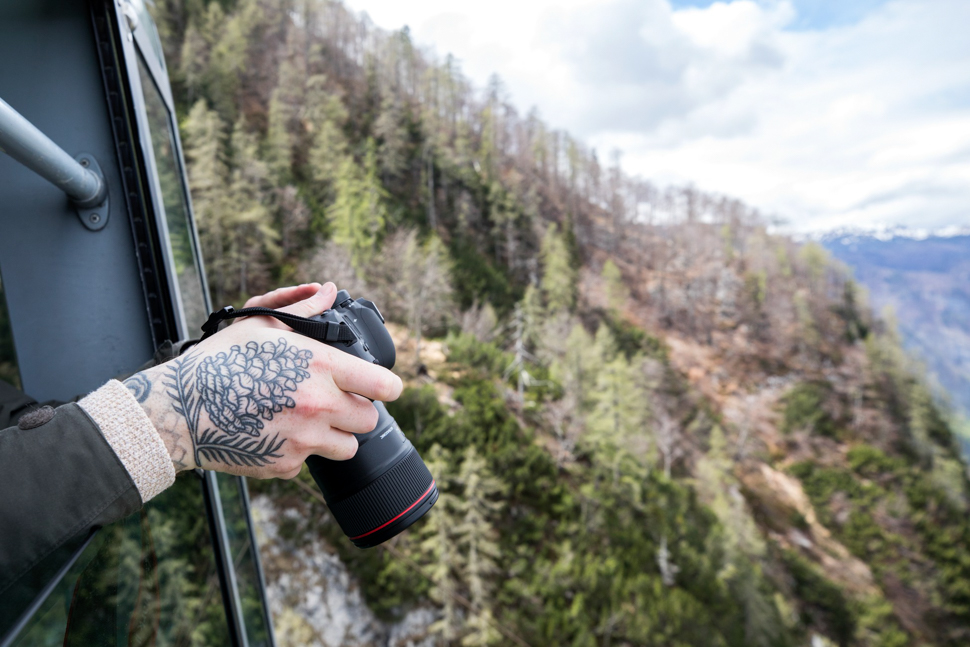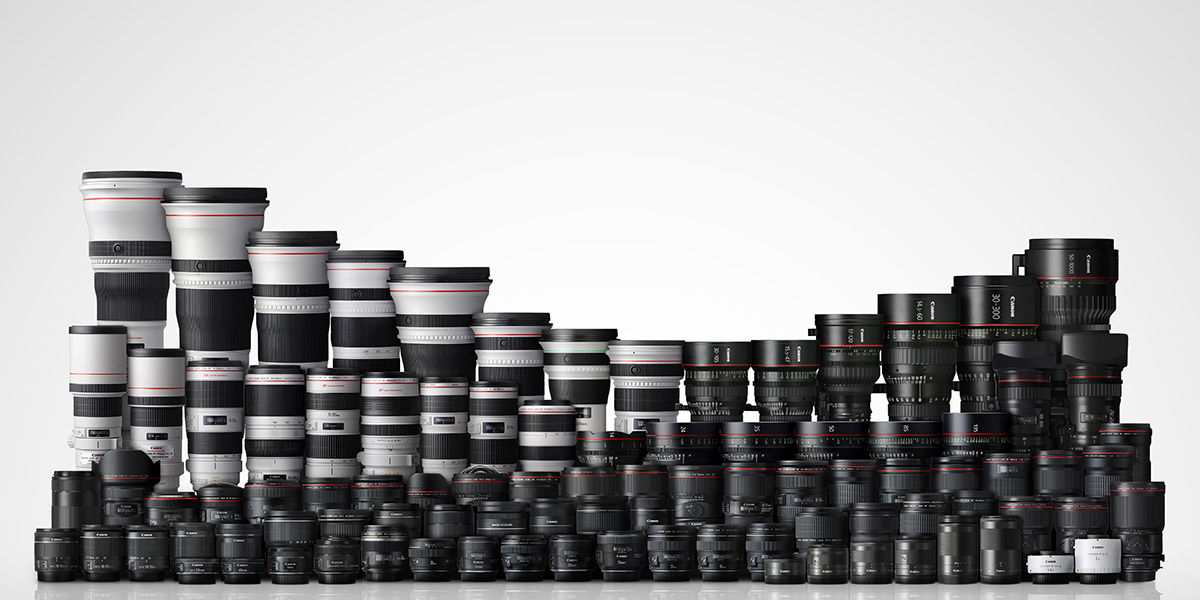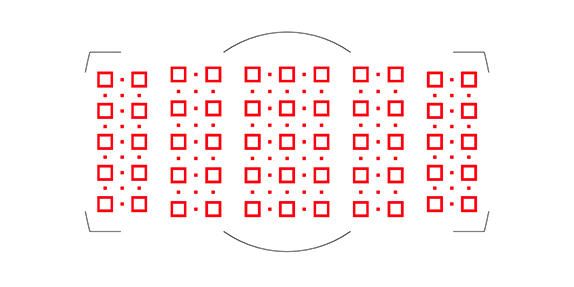Does brand matter when buying a new camera?
It's common to wonder whether one brand is better than another, but it's not the most useful question to ask

Anyone who makes their living writing about cameras will frequently be asked for buying advice, and, more often than not, the first question that's put to them is: “shall I buy brand x or brand y?"
It’s a basic question that comes with the expectation of a basic answer, and because of that it can only be so useful. Without any indication of what skill level the photographer is currently at or what they intend to photograph, and whether they want a lens that’s permanently embedded within the camera body or the option to change it for another, a straightforward vote for brand x or y will do little more than uncover any brand bias in the person whose opinion is being asked.
Whose brand is it anyway?
Any manufacturer currently producing cameras is making a camera that suits somebody out there. It’s easy to scoff at the very cheapest compact cameras you can buy on the high street, the kind that are produced by a relatively anonymous company with a licence to brand them under a once-prestigious name, but these cameras still sell more than you might think. They’re cheap and they take pictures, and for some people that’s enough.
But let’s assume you’re the type of person who requires something more advanced, and you’re happy to spend a little more money getting it. Naturally you don’t want to buy a camera that’s going to let you down in any way, and so reliability and image quality will be your priorities. But again, even if you were able to sharpen your questions down to address those concerns, being told that brand x is better than brand y, which itself is better than brand z, is likely to be of limited use.

That’s not to say that there aren’t advantages to some brands, because there very much are. A huge selection of native lenses, for example, is far more of a reality for brands that have maintained the same lens mount for decades than those just releasing their first few models in a particular system. Professional support, a somewhat overlooked aspect of being seriously invested in any one system, is something many Canon and Nikon pro-DSLR users take for granted, but a matter that other players after the same market have had to take more seriously in recent years.
In this age, it’s also far more likely to be aware of potential issues with new models once the first few users get their hands on them, and all too often hysteria and sensationalism can distort the actual reality of how serious or widespread an issue actually is. Sure, sometimes a new camera may need to go back to the manufacturer for a some kind of rectification, and even the most reputable names have had to recall a whole batch of models, but most of the time a simple firmware update is all that’s required. The fact that every manufacturer issues these firmware updates at some point should make it clear that not one of them is immune to such imperfections.
What do you actually need?
So, if brand isn’t important, what is? Well, you are. You’re the one who needs their photographic needs met. Only you know how you intend to use your camera, and what you’re prepared to spend on it. Your budget will no doubt whittle down the shortlist to a handful of potential contenders, and that’s where you should begin, by seeing how closely aligned a camera’s spec sheet is with the features you want or need for your particular style of photography.
Get the Digital Camera World Newsletter
The best camera deals, reviews, product advice, and unmissable photography news, direct to your inbox!
Unless you’re buying a full-frame camera, the likelihood is that the models in your price bracket all feature a similar number of megapixels. In any case, this shouldn’t be the most critical feature for anyone buying a camera for the first time. Sensors do indeed vary in performance, but if you genuinely want to buy something that will fit you well, you’re better off focusing less on pixels and small measured differences in dynamic range and noise, on more on the handful of features that make a difference in everyday shooting.
For example, one of the main areas in which DSLR cameras differ from each other is with their autofocus systems. The extent to which AF points are spread across the frame; the number of cross-type points used to enhanced sensitivity; the speed and accuracy of these systems in low light; the ability of these to keep track of moving subjects; and the ease with which you can move a focusing point around the frame – these are all things that ought to matter if you plan on relying on autofocus, which many photographers do. If you opt for a DSLR rather than a mirrorless camera, you’ll also have a different autofocus system in play when using live view and when recording videos, which is also something to think about.

LCD screens also vary greatly between models, some tilting up and down, others swinging out to face the front, and some staying put at all times. Touch-sensitivity is also something that's absent on some new models. Some cameras have electronic viewfinders while others have optical ones, and some have neither. Optical ones, particularly on cheaper DSLRs, don’t always present the whole scene in the viewfinder, but cut the peripheries away, so if you think this might be an issue you should try to find a camera in your price bracket whose viewfinder promises 100% coverage.
Read more: Opinion: DSLRs won’t kill off medium format systems any time soon
At least where features are concerned, you can find out exactly what a camera offers from the manufacturer's website. Skip past the headlines and straight into the full specifications page; it doesn’t take long to scan through the important bits, and it’s here where you’ll find details that give you a better idea of just how impressive those headlines features are likely to be in practice.
Cameras with fast burst rates, for example, always sound impressive, but some can’t maintain this for very long, making them less practical for sports or action. The presence of 4K video also indicates a modern, future-proof camera, but a number of cheaper models only record this to a pitiful 15fps. Also remember that very high ISO settings might make a camera seem capable, but their presence alone gives no indication of how well such a camera can deliver usable images at these settings.
Hopefully, enough of this kind of groundwork should leave you with just a few models, and at this point it makes sense to think about your future plans. If you’re buying a mirrorless camera or a DSLR, check whether there other models in the range that you might want step up to at some point, as it will be (slightly) more of a hassle if you’re already invested in one system. It’s also worth looking at whether there’s another lens or two that you may want to add to your kit in the future, at a price you’re happy to pay, whether that’s new or second-hand. The presence of modern third-party lenses is also encouraging, as it shows other companies have faith in such a system being around long enough to justify their involvement.
Your success and happiness with any camera depends far more on how suitable it is for your requirements (ie how much research you do beforehand) and how well you get to know how to use it than on what’s written on its front. If even pro photographers are split between different brands and formats, it should be obvious that there’s simply no right or wrong answer for the rest of us, just what makes sense in our own hands.
Read more: Camera makers: nobody wants your own-brand Raw software
The former editor of Digital Camera World, "Matt G" has spent the bulk of his career working in or reporting on the photographic industry. For two and a half years he worked in the trade side of the business with Jessops and Wex, serving as content marketing manager for the latter.
Switching streams he also spent five years as a journalist, where he served as technical writer and technical editor for What Digital Camera before joining DCW, taking on assignments as a freelance writer and photographer in his own right. He currently works for SmartFrame, a specialist in image-streaming technology and protection.

